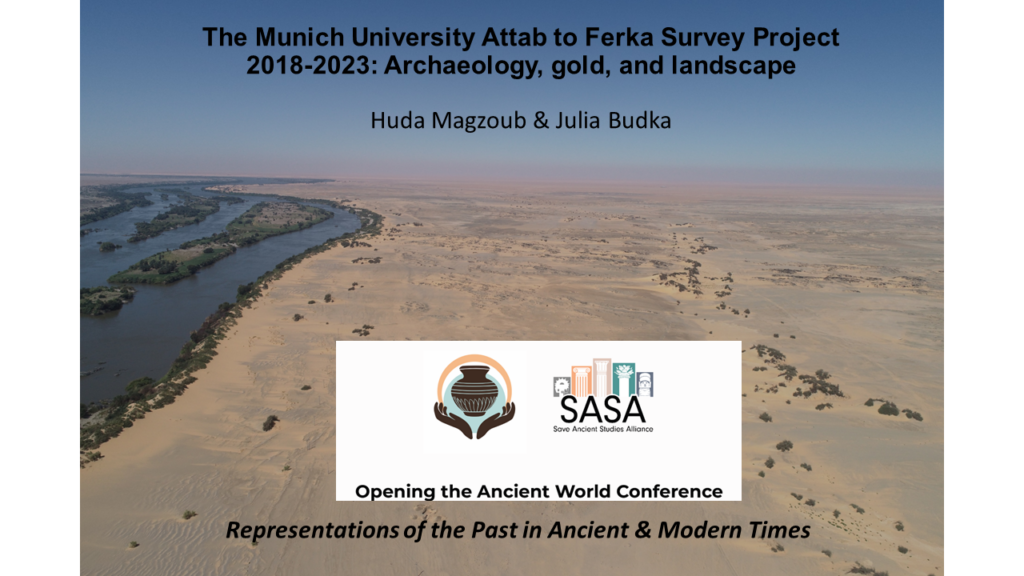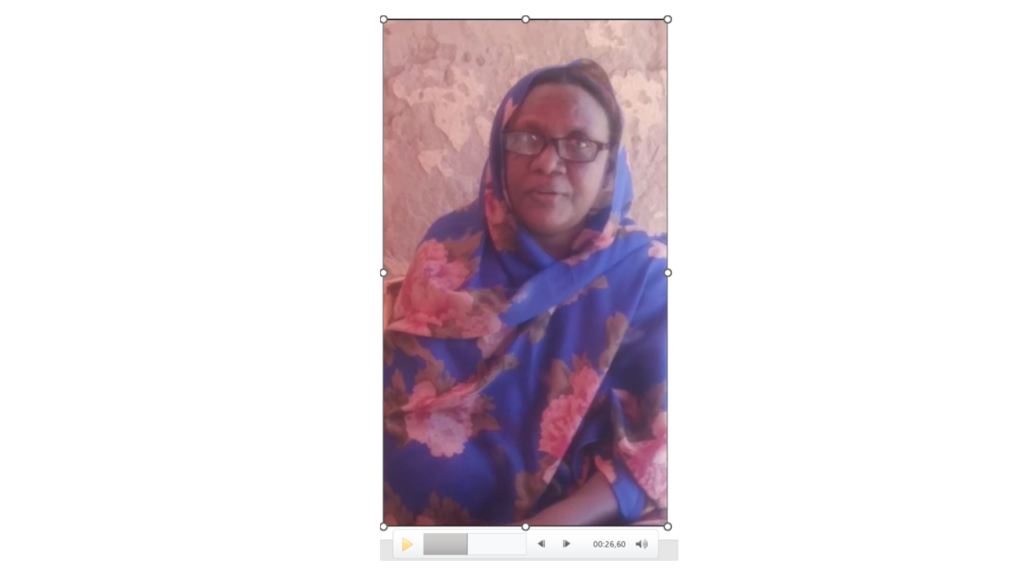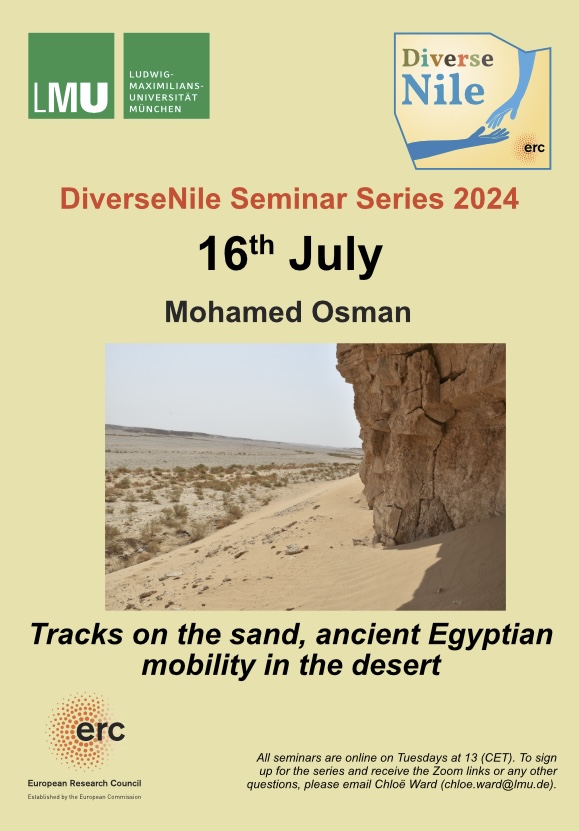I am delighted that today there will be a joint presentation by my dear friend and colleague Huda Magzoub and me at the SASA conference. Under the title “The Munich University Attab to Ferka Survey Project 2018-2023: Archaeology, gold, and landscape” we will summarize some aspects of our work in Sudan.

Since Huda is currently having very restricted internet, being displaced with her family in Sudan because of the current war, she sent me a video which I incorporated in the presentation. As much as it hurts not to be able to see her online or in person, it’s a wonderful feeling to present some outcome of our common work and to focus for a change on archaeology & scientific research despite of all the tragedies connected with the war in Sudan.

In our paper today, we will give an overview of the activities and results of the MUAFS project from its start in 2018 until 2023, with a special focus on new findings regarding ancient gold working in the region. In addition, modern gold working and the challenging of preserving cultural heritage in a remote area in times of war will be addressed. Thus, the presentation will follow a comparative approach to analyze gold working throughout the ages. This is especially relevant for Sudan as gold mining has been already in ancient times not just an economic activity but a testament to technological and cultural advancements. Gold has served as a catalyst for cultural evolution, economic prosperity, and sometimes conflict. We will address these aspects and thus highlight some features of the multifaceted story of gold in Sudan, tracing its influence from the dawn of civilization to the contemporary era. Finally, modern concepts of ancient gold working can be critically revisited thanks to the new evidence in the MUAFS concession, making the paper highly relevant for the general theme of the conference.
I am very grateful to the conference organizers for accepting our paper and for giving Huda as a displaced Sudanese archaeologists a forum to share her research in times of war.

